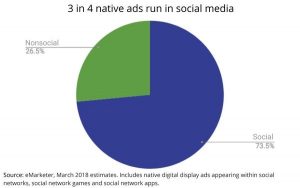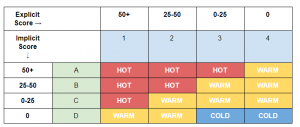
It’s amazing how you can use Google search strings to find almost any type of data, including LinkedIn data. Today, finding relevant, accurate contact data is crucial to getting to know your prospect, reaching out, and closing that deal. With the right search strings, and an understanding of the laws of search, you can accurately pull the contact data you want about your prospects, and avoid the irrelevant results.
To understand how to create the best search strings, you need to know that most of the search string research was done by recruiters. Recruiters are always looking for the exact, right-fit candidate. Generally, the average recruiter can run circles around the average sales rep when it relates to finding contact data on the Internet. Recruiters add additional phrases to find specific skills, membership in groups, and target locations. Recruiters are continually creating the next perfect search string for the next specific candidate. They are creating the searches that the experts are memorizing. Becoming an expert at Google search strings requires an understanding of the addition parameters needed for higher specificity.
Examples of higher specificity in search strings
“Greater Chicago Area”
Add this to a search to get someone from Chicago (LinkedIn does NOT list it as Chicago, IL).
“logo * Marketo Certification Group”
Add this to find members of the Marketo Certification Group.
Start with the end in mind
Find a page that has exactly what you are looking for. Next, figure out what makes that page unique. Modify your search string to find your specific examples. Occasionally, you will be brilliant the first time and get exactly what you are looking for. The path to success passes through many, many iterations, testing new ideas, failing, sleeping on it, and trying again until you succeed.
Automate the process
To automate your contact data search process requires much more than a search string. It’s about the nature of the process. How do you generate large quantities of data for sales? Recruiters never tackled this problem because they don’t have to. They deal in the world of the purple squirrel, or the world of the specific.In a lead generation setting, we want ALL of the data.
“Give me every person who currently holds a Vice President of Marketing title.”
In order to do this, you need to become a master at knowing the second (Law of Completeness) and third law (Law of Permutation) of search.
For example:
There are currently over 1,200 LinkedIn locations, and that is just for the U.S. Here is an example of six of those areas.

As a search master you should:
- Understand what data completeness looks like
- Formulate a plan that will acquire all the data
- Know when Google is lying to him
- Know that typical searches will return a maximum of 500-600 results. When a search exceeds 1,000 reported results, formulate a plan that uses multiple search permutations to get to the data
- Already have a list of the top 1,200 LinkedIn locations
- In a few hours, formulate a plan that an anyone else can follow
So what does the best search string look like? Hint: It is not a single search string, it is multiple. Watch this video about our latest product, Capture, to get the final answer.
Learn more about effectively finding LinkedIn contacts with the free ebook below.
(279)









